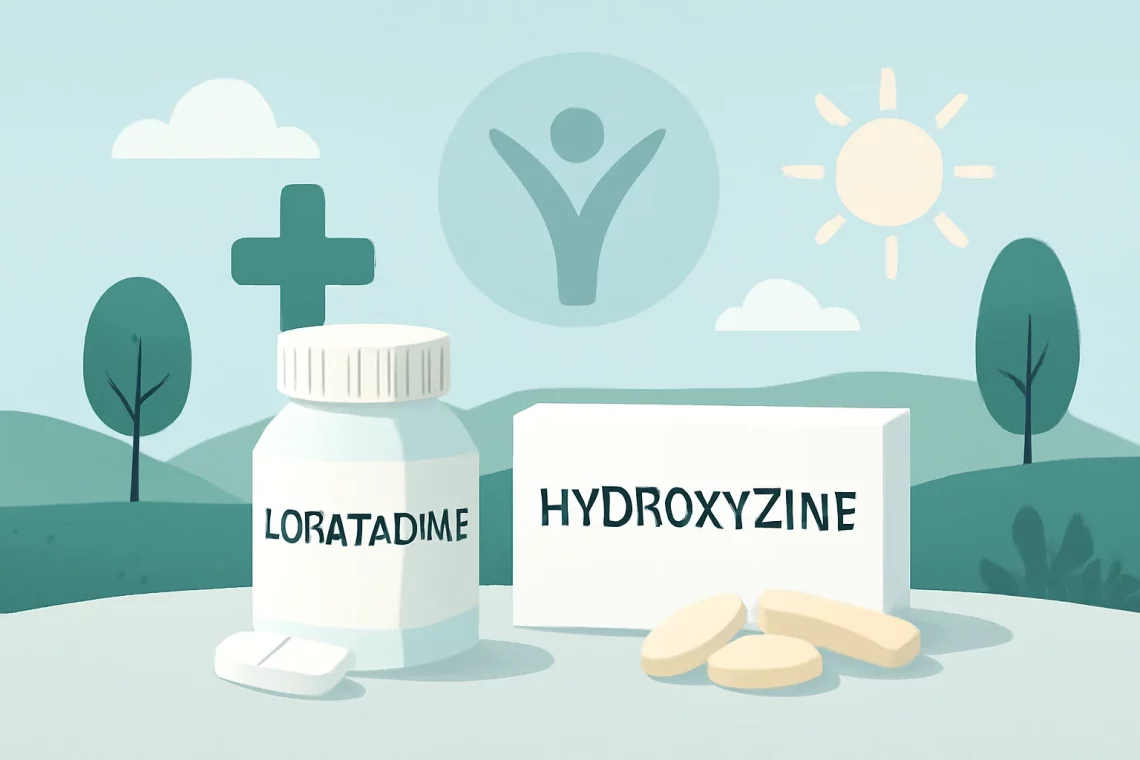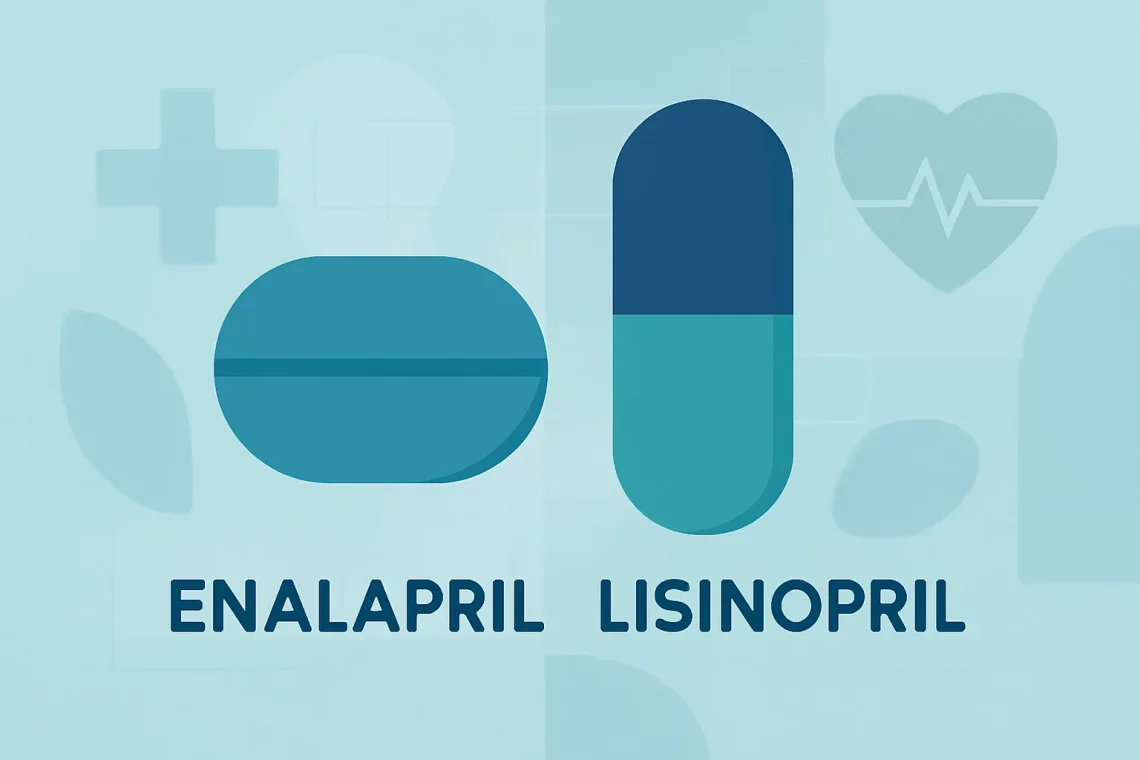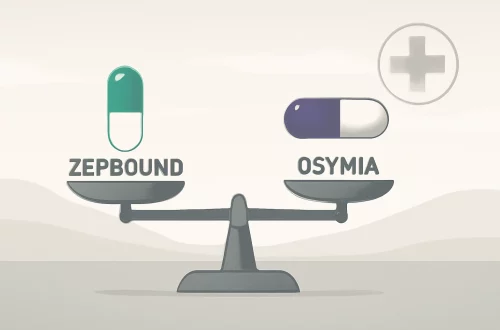-
Amoxicillin vs Ceftin: Key Differences and Uses Explained
Amoxicillin and Ceftin are two commonly prescribed antibiotics that belong to the beta-lactam class of medications. Both are used to treat a variety of bacterial infections, but they differ in their specific applications, mechanisms of action, and side effects. Understanding these differences is crucial for both patients and healthcare providers when it comes to selecting the most appropriate treatment for a specific infection. As antibiotic resistance becomes a growing concern in healthcare, choosing the right antibiotic can significantly impact treatment outcomes and the overall health of individuals. The development and use of antibiotics have transformed medicine, allowing healthcare professionals to effectively manage infections that, in the past, could have been…
-
Naproxen vs Ibuprofen: Which Pain Reliever is Right for You?
In the realm of pain relief and anti-inflammatory medications, two names often come to the forefront: Naproxen and Ibuprofen. These nonsteroidal anti-inflammatory drugs (NSAIDs) are widely used to alleviate pain, reduce inflammation, and lower fevers. While both medications share common characteristics, they differ significantly in their applications, effects, and potential side effects. Understanding the nuances of these medications is essential for making informed choices about pain management. Whether you’re dealing with chronic pain conditions, recovering from surgery, or simply need relief from headaches or muscle aches, knowing the differences between Naproxen and Ibuprofen can help you select the right option for your needs. As we delve into the specifics of…
-
Levocetirizine vs Desloratadine: Which Antihistamine is Better?
Levocetirizine and desloratadine are both antihistamines that play a crucial role in managing allergic reactions and symptoms associated with conditions like hay fever and chronic urticaria. As allergies become increasingly prevalent in today’s society due to environmental factors and lifestyle changes, understanding the options available for treatment is essential. Both medications are designed to alleviate symptoms such as sneezing, runny nose, and itchy eyes. However, they come with distinct characteristics, mechanisms of action, and potential side effects that may make one more suitable than the other for individual patients. In the quest for effective allergy relief, patients often find themselves choosing between various antihistamines. Levocetirizine, a third-generation antihistamine, is known…
-
Loratadine vs Hydroxyzine: Which Allergy Medication Is Right for You?
Loratadine and hydroxyzine are two widely used antihistamines that serve different purposes in the realm of allergy and anxiety treatment. As individuals seek relief from allergic reactions, hay fever, or anxiety, understanding the differences and similarities between these two medications becomes crucial for making informed decisions. Both drugs are effective in alleviating symptoms associated with allergies, but their mechanisms of action, side effects, and usage guidelines vary significantly. While loratadine is often preferred for its non-drowsy effects, hydroxyzine is known for its sedative properties and is frequently used in cases where anxiety relief is also needed. This article aims to explore the characteristics, uses, and potential side effects of each…
-
Enalapril vs Lisinopril: Which Medication is Right for You?
Enalapril and lisinopril are two widely used medications in the treatment of hypertension and heart failure. Both belong to the class of medications known as ACE inhibitors, which play a crucial role in managing blood pressure by relaxing blood vessels. This leads to improved blood flow and reduced workload on the heart. Despite their similarities, enalapril and lisinopril possess distinct characteristics that may influence a healthcare provider’s choice of one over the other for a particular patient. The decision often hinges on various factors, including the patient’s overall health profile, other underlying conditions, and potential interactions with other medications. The way these drugs are metabolized and eliminated from the body…
-
Tramadol vs Oxycodone: A Comprehensive Comparison of Pain Relief Options
Tramadol and oxycodone are two commonly prescribed medications used for pain relief. Both belong to the opioid class of drugs, which are known for their effectiveness in managing moderate to severe pain. However, they have different chemical structures, mechanisms of action, and potential side effects, making them suitable for different patient populations and pain management strategies. Understanding these differences is crucial for patients, caregivers, and healthcare professionals when determining the most appropriate treatment options. In recent years, the conversation surrounding opioid use has intensified, with increased awareness of the risks associated with opioid dependency and abuse. This has led to the exploration of alternative pain management therapies as well as…
-
Amitriptyline vs Prozac: Which Antidepressant is Right for You?
Amitriptyline and Prozac are two well-known medications primarily used to treat mental health disorders. Each has carved out its niche in the realm of psychiatry, offering distinct mechanisms of action, uses, and side effect profiles. As mental health issues continue to gain recognition and understanding in society, the importance of these medications cannot be overstated. Many individuals grappling with depression, anxiety, or chronic pain conditions may find themselves navigating the choices between these two options. In recent years, more attention has been directed toward personalized medicine, prompting patients and healthcare providers alike to consider the unique needs of each individual. This has led to deeper discussions about the efficacy, safety,…
-
Ranitidine vs Famotidine: Which Antacid is Right for You?
Ranitidine and famotidine are two widely used medications in the realm of gastrointestinal health, primarily for their ability to reduce stomach acid production. As prevalent as heartburn and gastroesophageal reflux disease (GERD) are in modern society, the need for effective treatment options has led to the popularity of these drugs. Understanding the nuances between ranitidine and famotidine, their mechanisms of action, potential side effects, and other factors can be crucial for individuals seeking relief from acid-related disorders. Both ranitidine and famotidine belong to a class of medications known as histamine H2-receptor antagonists, which work by blocking histamine receptors in the stomach lining, thus reducing acid secretion. Despite their similar purpose,…
-
Viagra vs Cialis: Key Differences and Which Is Right for You
Erectile dysfunction (ED) is a common issue that affects men of all ages, though it is often more prevalent in older adults. This condition can significantly impact a man’s quality of life, affecting not only physical health but also emotional and psychological well-being. As awareness of ED has grown, so too has the availability of treatments designed to address it. Among the most widely recognized treatments are Viagra and Cialis, two medications that have become synonymous with ED treatment. Both Viagra and Cialis work by enhancing blood flow to the penis, facilitating an erection in response to sexual stimulation. However, the way these medications function, their onset of action, and…
-
Lyrica vs Amitriptyline: Comparing Benefits and Side Effects
Lyrica and Amitriptyline are two medications that are often discussed in the context of managing chronic pain, anxiety, and various neurological conditions. While both drugs share some similarities in their therapeutic uses, they operate through different mechanisms and can have distinct side effects. Understanding these differences is crucial for patients and healthcare professionals alike, as the choice between Lyrica and Amitriptyline can significantly impact treatment outcomes. Lyrica, also known by its generic name pregabalin, is primarily used to treat neuropathic pain, fibromyalgia, and certain types of seizures. It works by modulating the release of neurotransmitters in the brain, which helps to reduce pain and improve mood. On the other hand,…







































